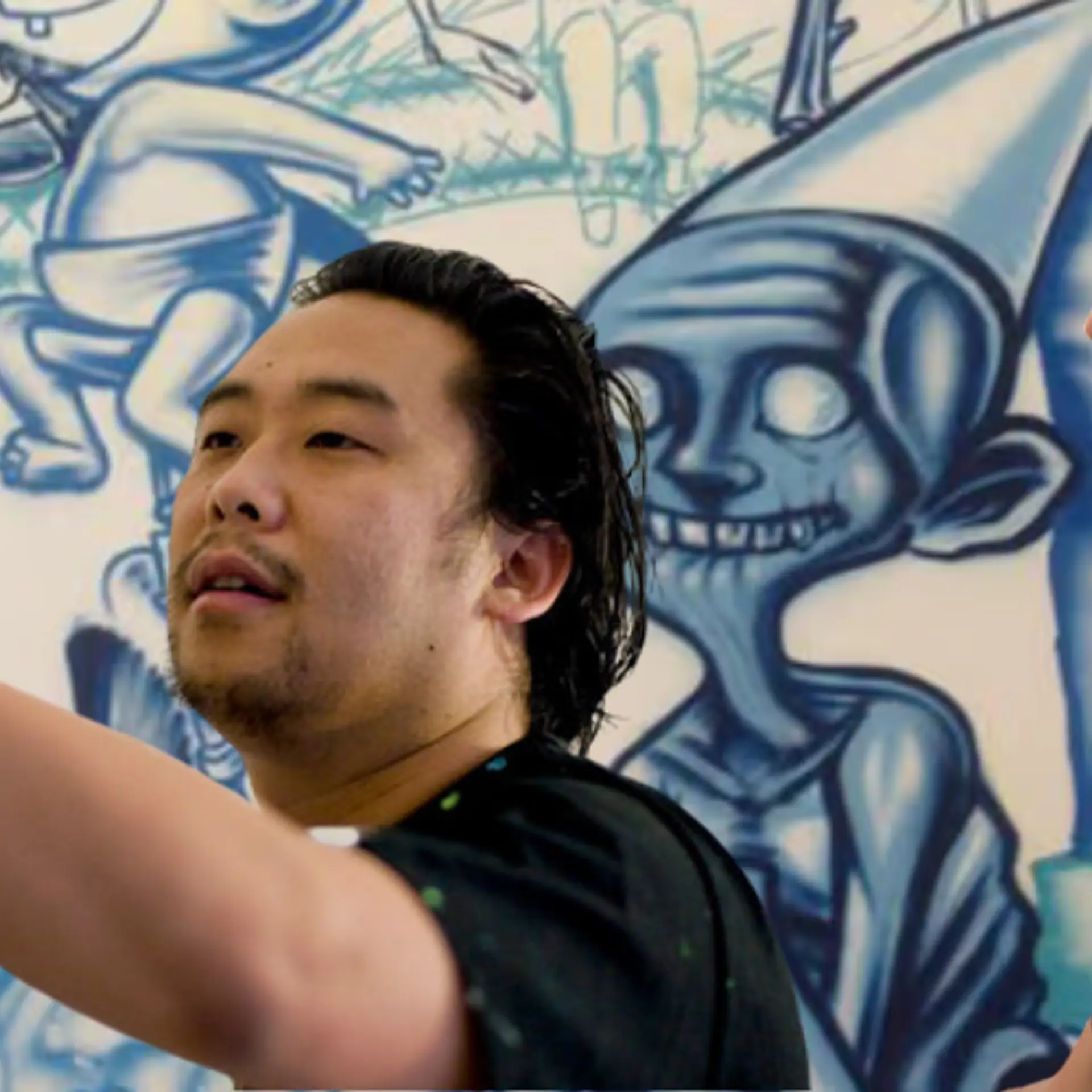[Guest Post]: Even Education is Flat
Editor’s Note: The following post is a collaboration between Adrienne Villani, a member of the Beyond Profit Editorial Team, and Semil Shah, a Principal at India Strategy Consulting, a boutique services firm that advises small and medium enterprises and global universities on how to approach India strategically. You can follow Semil on Twitter at @semilshah.
As we have seen, time and time again, our world is growing ever more interdependent, or in the words of Tom Friedman, “flat.” This increasingly global nature of human society is seen in the worldwide diffusion of commerce, technology, intellectual capability, and, more and more, of education. The playing field is being leveled. Competitors, whether from developed or developing economies, now have an equal opportunity. Historical and geographical divisions are becoming increasing irrelevant. India, Friedman’s inspiration for the term “flat,” has also become a focal point, possibly the focal point, in this new global system.
Global research universities are keen to foster partnerships with their Indian counterparts, mainly in fields that provide opportunities to scale through discovery, intellectual property, licensing, and commercialization. These fields historically have been engineering, medicine, and science. However, now, most of these universities’ first move in India is led by their business schools, which typically boast well-connected faculty, students, and alumni of Indian origin, as well as a sophisticated understanding of how to do business in India. For example, Stanford’s Graduate School of Business has tied up with the Indian Institute of Management – Bangalore for a student exchange program, as has Columbia Business School with the Indian Institute of Management – Ahmedabad for a student and faculty exchange. Now, a university’s strategy has the business school lay the groundwork for other, more technical schools within their university to foster research and development innovation partnerships with the hope of discovering the next drug compound, medical device, or source of renewable energy – in essence, extracting value, using India as a guinea pig to gather information and test ideas, but not contributing to the betterment of Indian society.
There is an intermediary step universities can take, however, within this model, in order to harness a growing trend at elite business schools and in the business world in general: the rise of social enterprise, both for doing good in the community, but also as a platform for good business. One method that U.S.-based universities could use, to build upon the entry of their business schools, is to focus portions of the partnerships on social enterprise in order to create a mechanism that fosters collaboration over extraction. Most top-ranked American business schools boast growing, well-funded, and powerful social enterprise initiatives: at Harvard Business School, the most popular student initiative is one devoted to social enterprise; the Social Enterprise in Emerging Markets Initiative at the William Davidson Institute at the University of Michigan explores the changing and expanding role of NGOs, corporations, and governments in achieving social impact; at Stanford, the Center for Social Innovation inspires and educates social innovators; Cornell’s Center for Sustainable Global Enterprise trains entrepreneurs who are interested in applying business solutions to social and environmental challenges. All of these programs can be used to further engage Indian institutions and communities. There are many synergies that can be created through such an engagement, such as sharing curricula and exchanging entrepreneurial lessons learned and used in the social sector, all of which could be further facilitated by the aforementioned research centers.
Instead of seeking to extract, universities that build their overseas strategy on a foundation committed to social enterprise will focus the partnership on fostering collaboration, a sentiment that would be warmly welcomed in India and could also lead to repeated business and domestic market opportunities within the country. As large research institutions, these universities could act as both thought-leaders and students about the rapid changes taking place in the field of social enterprise, especially in this most dynamic country. One specific example of what a cross-border partnership could produce is a business or social business research center that has a team of academics and practitioners — from both countries — designing research projects and reporting their findings to the global community. The Abdul Jameel Latif Povery Action Lab at MIT is already doing so, and has been doing so for five years. The Poverty Action Lab turns evidence into action – evidence generated by J-PAL researchers influences policy and improves lives on a daily basis in both direct and indirect ways. This seems to be a good way forward!






